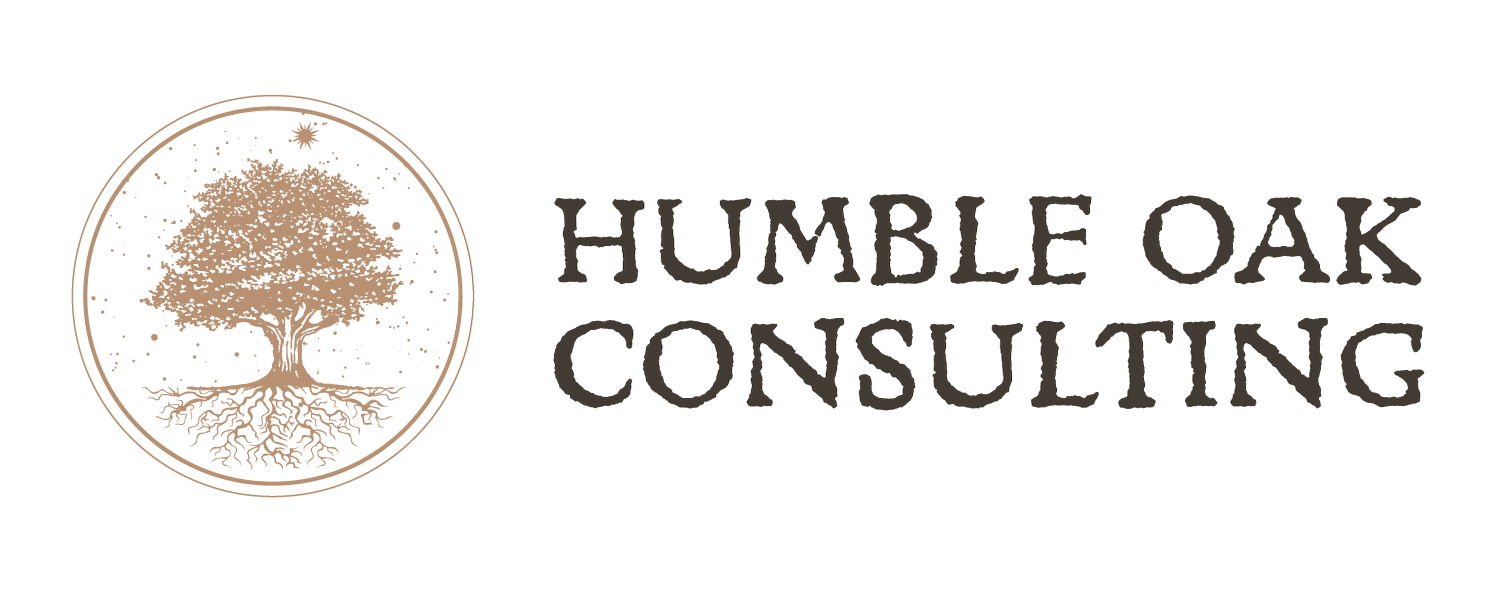Diversity in a Rural America: Lessons & Successes from our work with The Sharon Academy
Image Credit: sharonacademy.org
Between January and July of 2022, Humble Oak worked with The Sharon Academy, a private school in Sharon, VT, to support them in their mission of knowing, valuing and challenging their students. After the school’s Director of Enrollment departed for family reasons, Humble Oak worked with TSA to support its enrollment process, working with students and families in the community to discover if TSA was a good fit, answer questions about pedagogy and student support, and work with families to ensure that TSA was the right financial and logistical choice for their child. Though it is a private school, the majority of TSA’s students come from “sending towns,” towns who do not have a public middle or high school and provide their students school choice in neighboring private schools. Learn more about our work together and how TSA has infused equity and access into their way of relating to current and prospective students.
TSA is a private school, but it educates the majority of its students through public funding from sending towns. Can you speak a little about the pros and cons of this system from an equity standpoint?
Some of the pros are that students from choice towns can come without having to pay tuition. We have always created strong socio-economic diversity as a result of being a public option in choice towns. Many families perceive TSA as their public school and that gives the school a feeling of openness and accessibility that is less the case in a classic “private” school.
On the other hand, for much of our history we have had our tuition rate driven by state rules and not by our own financial needs. This has meant more fundraising and sometimes an outsized activities fee for students to pay. In addition, families who live in non-choice towns can’t access our school without having the funds to pay privately.
Part of the work you did with Humble Oak was broadening access for students and families while testing out varied communication strategies to attract mission-appropriate students. What aspects of Humble Oak's approach were you most satisfied with?
Image Credit: sharonacademy.org
The Digital Open House platform Humble Oak designed for us allowed a wide variety of people to learn more about the school, including people who live far away and are thinking about coming to TSA. The Internship Program Lucretia created for high school students provided opportunities for authentic engagement and learning.
We also enrolled our largest 7th grade class ever, which is really beneficial for the school’s sustainability. Lucretia’s strong follow up and follow through skill set promoted more regular digital communication with prospective families. In addition, Lucretia’s work flow spreadsheets made her process transparent for school administrators so we could always know what was happening and have candid conversations if we needed to shift how we were operating.
Vermont, like many parts of the country, has been impacted significantly by COVID. For us, there have been a number of climate refugees coming into our area, meaning that the prospective student population looks a little different than it has in the past. Lucretia was great at taking in the macro trends of our area and thinking about how we best reach and serve the students who’ve grown up their whole lives in Windsor County, as well as those who’ve recently moved here to work at Dartmouth, for climate reasons, or even to live in a place where books are not banned but celebrated.
One of the things we really focused on during our engagement was improving systems to allow for clarity and effective communication with external stakeholders. How do you see strong systems relating to goals of DEI?
The more clearly we can communicate our message and create a school that feels accessible and inclusive, the more we can boost enrollment of students from varied demographic groups.
A willingness to enroll students over the phone, to text with families, and to “meet them where they are at” is both good for enrollment goals as well as for enrolling students from families that may have less capacity for traditional enrollment processes.
One of the things we believe at Humble Oak is that DEI isn't a program, it's a way of working. Looking ahead, what aspects of DEI are you most proud or excited to incorporate into your work?
Image Credit: sharonacademy.org
We want a school that is fully representative of the communities we serve. Whether this is socio-economic diversity, education backgrounds, learning differences and disabilities, or whatever, we want to create a school community that feels like anyone in that choice town can attend.
To me, the aspect of DEI that I am most proud of is that goal of inclusivity. The data of enrolling 13/17 6th grade students from Sharon Elementary School feels like we are achieving that goal. The students who went elsewhere were looking for something else but were welcomed and included along the way. The students who are attending TSA next year come from all walks of the Sharon community. I believe that having a diverse class will allow us to expose our students to perspectives different from their own early in life, and this will allow them to relate to others with curiosity and compassion as they become adults.



